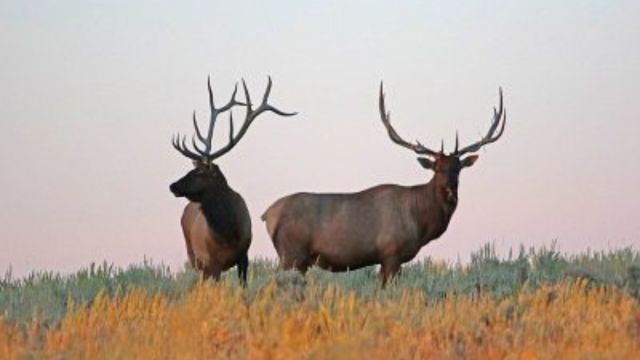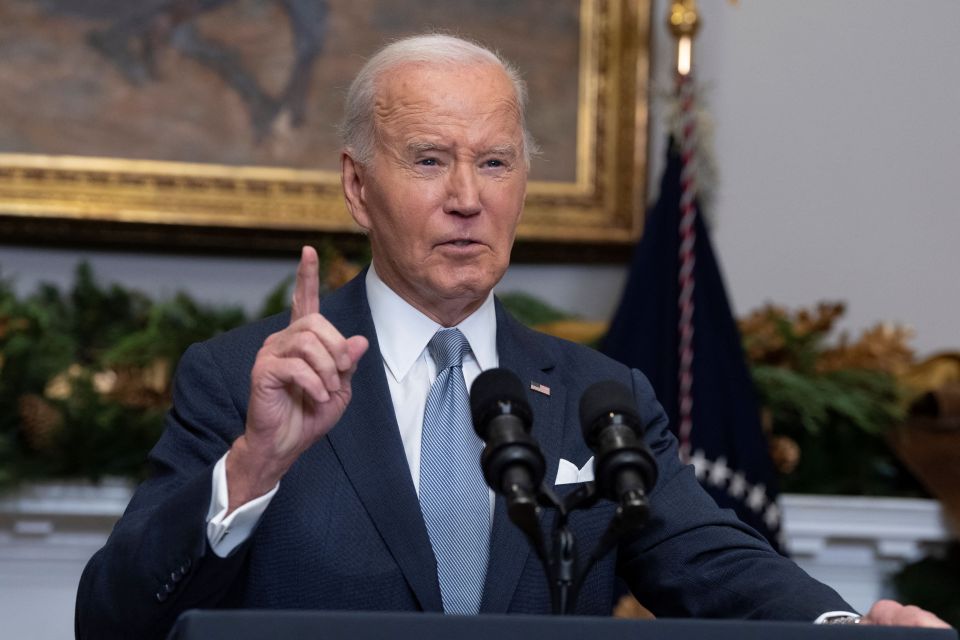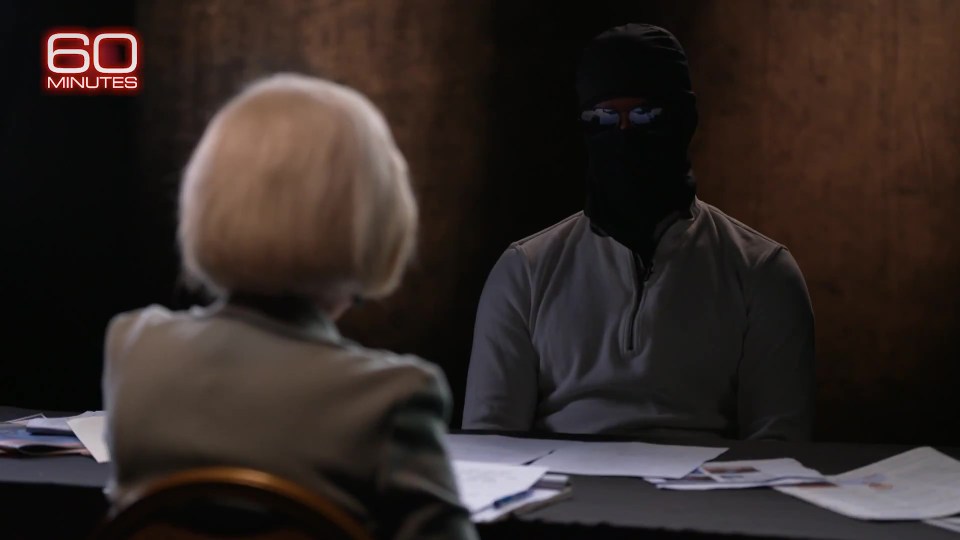‘Breaking Records!’ Utah Habitat Restoration Raises $4.8M From Permit Funds
SALT LAKE CITY — Numerous wildlife-related initiatives, such as research, conservation, and habitat restoration projects, have received funding after participating conservation groups contributed a record $4.8 million to their submissions.
Following the annual financing conference for conservation permit projects on April 10, conservation managers sent a press statement stating that the amount of money raised in 2023 was the most since the program’s inception.
In an attempt to boost funding for fish and wildlife conservation programs across Utah, the Utah Conservation Permit Programme was established in 1980. A tiny portion of lifetime and limited-entry hunting permits are annually designated as “conservation and expo permits” by the Utah Wildlife Board.
Numerous conservation projects that receive funding from these special permits are submitted to Utah’s Watershed Restoration Initiative, a partnership-based program started in 2006 by the Utah Department of Natural Resources.
Enhancing water quality and yield, enhancing biological variety and health of watersheds, enhancing animal habitat, and expanding opportunities for sustainable uses of natural resources are the main objectives of the effort. Projects funded by the Watershed Restoration Initiative enhanced more than 148,000 acres in Utah last year.
Every year, during the first week of January, proposals for the projects are due. The Utah Division of Wildlife Resources and Conservation Committee evaluates all of the submissions before determining which habitat and conservation projects should be given top priority.
The conservation organizations are then given the chance to assess these initiatives, and during the yearly meeting, the groups decide which projects to sponsor.
Director Tyler Thompson of Utah’s Watershed Restoration Initiative Programme stated, “These projects help improve wildlife habitat and watershed health throughout the state, which helps our fish and wildlife populations in these areas.” “These are important projects, made possible in part by the conservation permits and funds.”
Since 2008, there has been an annual financing meeting. Wildlife biologists presented 105 initiatives at the most recent meeting; the participating conservation groups sponsored 88 of the projects, either entirely or in part.

After evaluating the objectives, costs, and advantages of each initiative, the groups decided which ones to sponsor. The projects will enhance 103,276 acres of habitat for fish and wildlife in total.
The awarded initiatives will maintain and enhance important winter and summer ranges for deer and elk, especially in sagebrush and aspen habitats, among other ways that they will benefit wildlife. assisting Utah’s wildlife biologists in their efforts to construct wildlife bridges and enhance habitat in key locations by providing a deeper understanding of the migration paths and movements of big game and other species.
SEE MORE – “BIG” Utah’s Retail ‘Giant’ – Stunning Images Of The World’s Largest Costco
State officials can better understand the status and changes in Utah’s deer populations by keeping an eye on the survival rates and general health of adult deer and fawns. Additionally, addressing the effects of developments (roads, fencing, etc.) on wildlife movement routes and strengthening resistance to unusually big and severe wildfires.
The following are the initiatives that were most generously funded at the most recent meeting:
The Burnt Beaver Project is a landscape restoration project that is now underway on around 861 acres of the Uinta-Wasatch-Cache National Forest in Summit County. Its goals are to improve wildlife habitat, restore aspen trees, and lessen the likelihood of a devastating wildfire. Funding for this project totaled $287,500.
Twelve-Mile Wildlife Management Area in Sanpete County is home to the Twelve-Mile Watershed Restoration Project.
Large mudslides have already occurred in this area; the project will enhance the habitats of big game on their summer and winter ranges, lower the risk of wildfires, stabilize the soil, and enhance the quantity and quality of the water. Funding for this project totaled $260,000.
North Zone Aspen Restoration: Approximately 1,200 acres in the Swan Flat region of the Logan Ranger District of the Uinta-Wasatch-Cache National Forest will see the removal of conifer trees that are inside aspen stands to reestablish aspen tree communities. Funding for this project totaled $160,000.
SEE MORE – Alert! Understanding Bird Flu: Impact on Poultry, Dairy Cows Versus Human Health
Habitat Conservation Coordinator Daniel Eddington of the Division of Wildlife Resources stated, “We are grateful for the support of our conservation partners who believe in wildlife conservation and want to help improve wildlife populations and habitats in Utah.”
The majority of these habitat initiatives require several years to design and execute. Money for these projects opens on July 1st, and most of the restoration and sowing is done in the fall when planting is at its peak.
Preservation Allows
The conservation licenses are made available to sportsmen and conservation organizations, who auction them off at banquets, fund-raisers, and other gatherings.
Ninety percent of the proceeds from the sale of these permits, which go towards conservation and research projects including animal transplants, habitat development, aerial surveys, and deer survival studies, go to the conservation groups.
The conservation organizations keep the remaining 10% of the revenue to help with overhead.
Expo authorizations
The expo permits are not put up for auction; instead, they are given away once a year at the Western Hunting and Conservation Expo in Salt Lake City through a drawing. Those who attend the expo and are not residents of Utah may apply for these permits.
A portion of the $5 application fee, which covers the cost of hosting and managing the permit drawing, goes to the conservation organizations organizing the expo. The application fee’s remaining sum is applied to conservation initiatives.
How do permits help hunters in Utah?
More than $80 million has been raised for conservation efforts in Utah through conservation permits since 2001. The DWR and its partners would have far less money to finish high-priority wildlife conservation projects if not for the money received from these permits.
The money for conservation and expo permits has resulted in the improvement of thousands of acres of vital habitats and the conclusion of significant research that will aid the DWR in managing big game populations more effectively.
The following conservation organizations attended the meeting and provided funding for the conservation projects:
The following organizations support wildlife conservation: Utah Archery Association, Sportsmen for Fish and Wildlife, Mule Deer Foundation, Utah Wild Sheep Foundation, National Wild Turkey Federation, Rocky Mountain Elk Foundation, and Cooperative Wildlife Management Unit Association.











